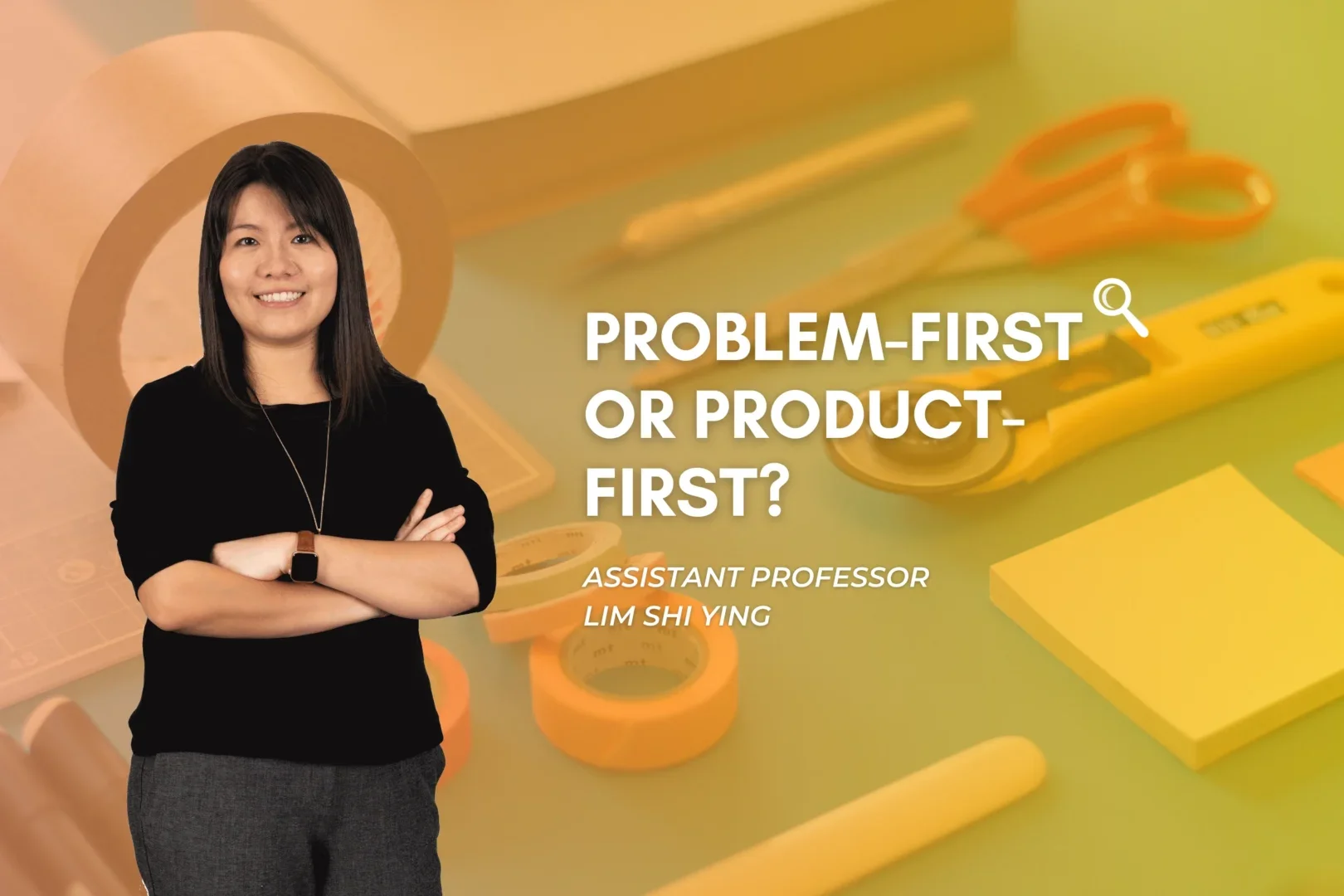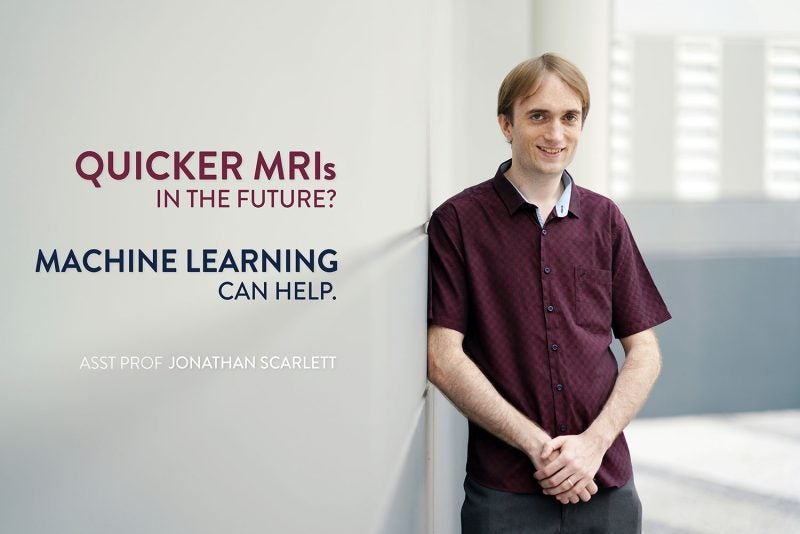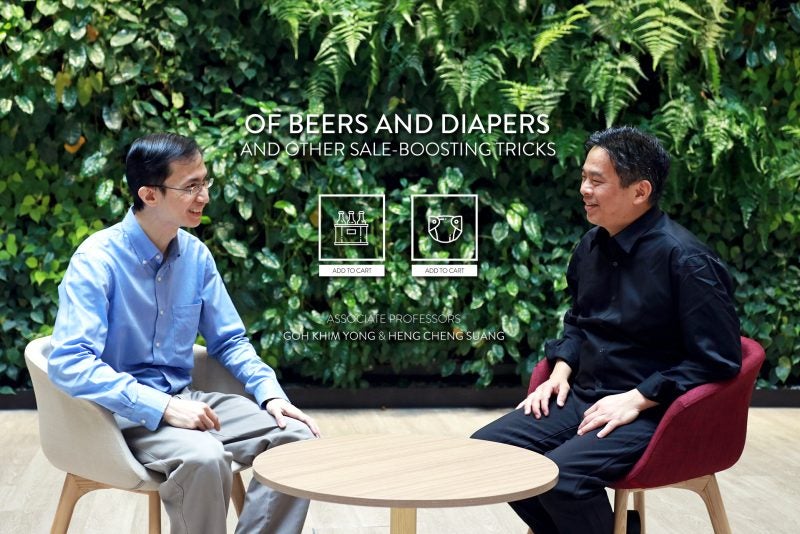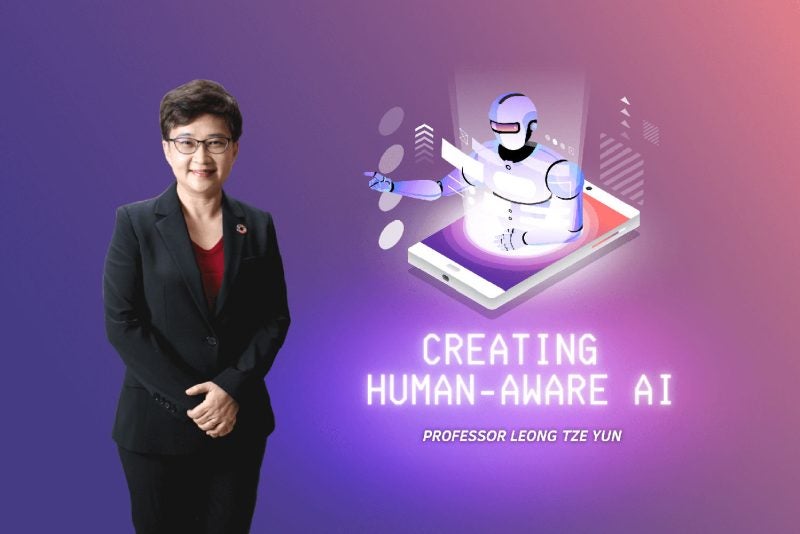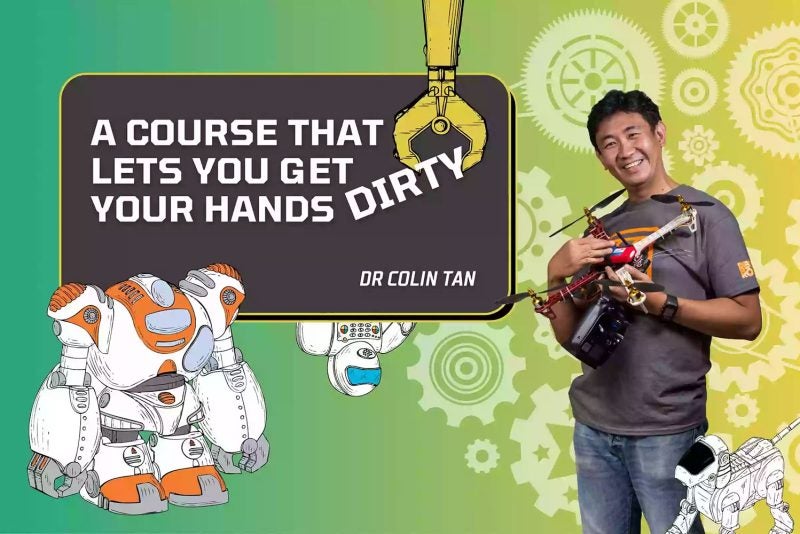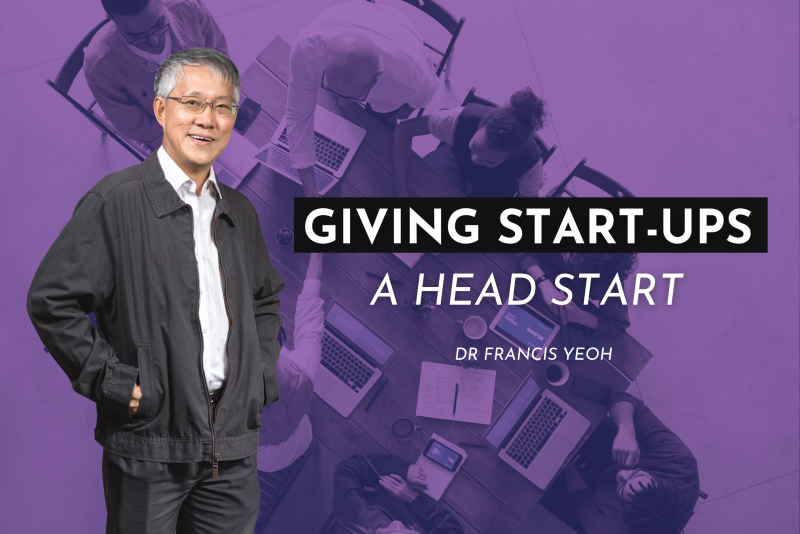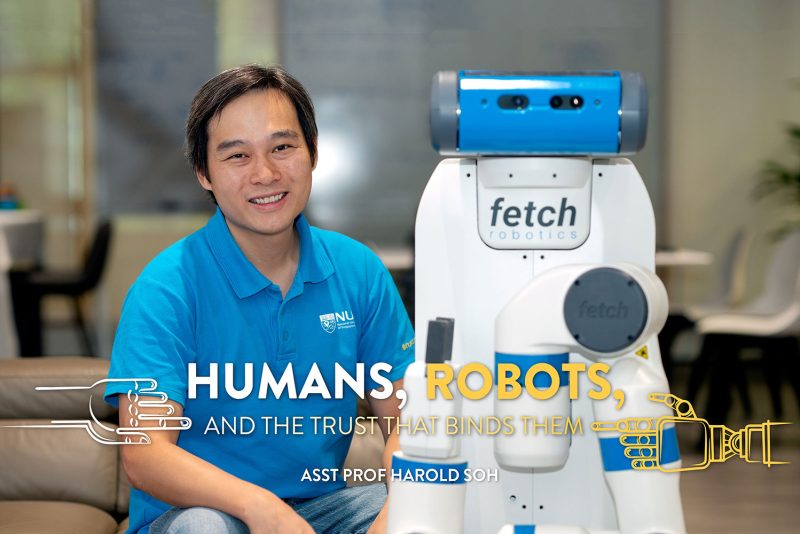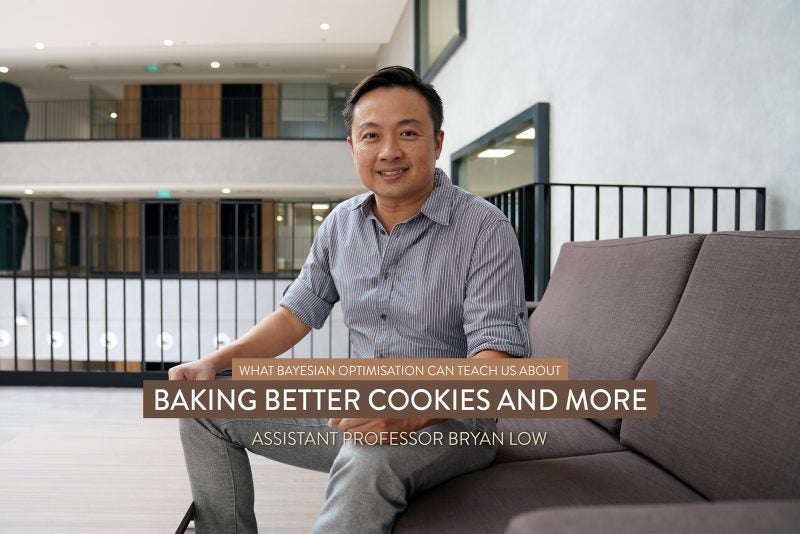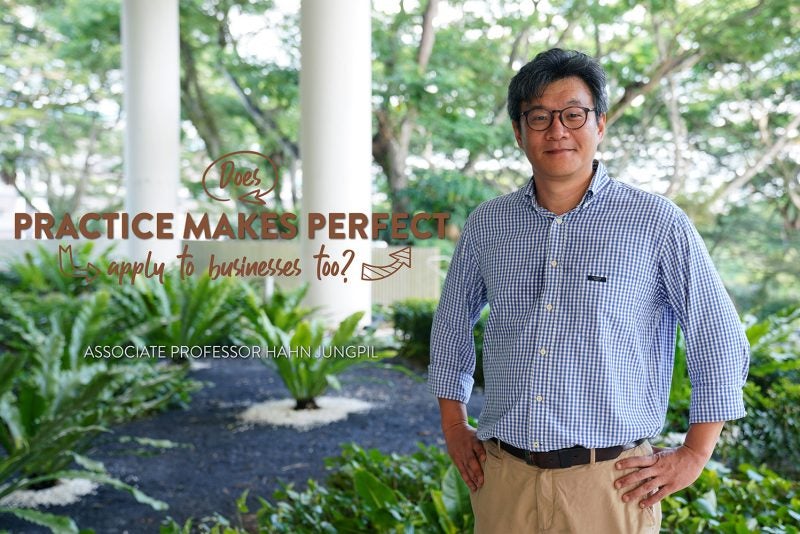As any Ph.D. student will tell you, paychecks at that level aren’t especially generous. “I was always trying to find cheaper alternatives for household items,” recalls Lim Shi Ying of her doctoral student days at the University of Texas at Austin.
A large acrylic whiteboard, for instance, could cost a few hundred dollars. Appalled at the steep prices, Lim began searching for other solutions online. “I stumbled upon a site called IKEA Hackers, which collates different ideas that users have submitted on how they’ve hacked IKEA products to suit their different needs,” says Lim.
The site inspired her to take a glass tabletop from the Swedish home furnishing giant, mount it upon a wall without its legs, thus creating a makeshift whiteboard.
The exercise was Lim’s first foray into the world of exaptation: when a product is used for a function other than its original purpose.
The concept stems from the natural world. Feathers, for instance, once kept dinosaurs warm, but later became indispensable for flight as birds took to the skies. More modern examples include Viagra (which was originally developed to treat hypertension and chest pain, rather than erectile dysfunction) and Nintendo Wii game controllers (which co-opted accelerators found in airbags to detect sudden motion).
Exaptations sometimes occur surreptitiously, observed as an unexpected side effect of a drug, for example. But other times, they are an entirely intended consequence — the result of users “creatively modifying, or hacking, existing products, to accommodate new needs,” says Lim. “They do this because manufacturers may not be perfectly cognisant of customers’ needs, may not deliver custom solutions, or may not want to create solutions because they’re not profitable.”
Yet despite the burgeoning world of exaptations and its multiple ‘new’ products, the innovation process itself is poorly understood, Lim discovered, as she delved deeper into the literature. And soon, what started out as a fun DIY project during her Ph.D. days evolved into a serious academic inquiry when she joined NUS in 2018.
To start with a problem or a product?
“I wanted to examine how users came up with exaptations and the implications of different approaches for creative outcomes,” explains Lim. More specifically, she was keen to compare two popular approaches to innovating — problem-first versus product-first — to see which sparked greater novelty.
The traditional approach adopts a problem-first stance, where it is assumed that a problem must first be identified and clearly formulated before any solution can be found. For instance, a father wants to create a swing for his son, and thus decides to turn an IKEA stool into one.
By contrast, a product-first approach involves a user taking a product and tinkering with it to uncover new properties or uses. Lim uses the following example by way of explanation: “Imagine I’m just walking around IKEA and I see this really cheap vase. I decide to buy it, then figure out what to do with it later on.” User innovators on the IKEA Hackers website have documented their attempts to turn vases into hanging pendant lights, speaker stands, knife holders, to name a few.
To examine the issue at hand, Lim teamed up with innovation scholar Chan Tian Heong at Emory University in the U.S. The problem-first approach should lead to greater novelty and more exaptations, they theorised, because users “can leverage their greater awareness of problems that may not have readily adaptable solutions.”
Furthermore, because the budding innovators don’t start with a product in mind, they are less likely to face “functional fixedness” — a sort of cognitive bias that occurs when “you see a product and its associated marketing, which increases your tendency to see objects as only being used in a particular way,” explains Lim.
Sometimes, but not always
To test their theory, the researchers trawled the IKEA Hackers website, analysing more than 3,000 hacks described by users in blog posts written between 2006 and 2019. Among these, nearly half were exaptive hacks (as opposed to aesthetic, adaptive hacks that improved the original product). Lim and Chan then studied the bloggers’ motivation to hack (problem-first or product-first) and the resulting outcomes.
The researchers’ findings, published online this August in the journal Management Science, validated their initial hypothesis — the traditional, problem-first approach is the more effective way for users to solve a problem and create a novel use for an item. The likelihood of an exaptive hack originating from a problem-first approach, their data analysis revealed, was 55% as compared with 42% when a product-first approach was taken.
But there are some instances in which product-first approach can lead to more exaptations, says Lim. One scenario is when the user-innovator has previous hacking experience, which implies that “cognitively, they are used to thinking outside of the box,” she says. “This helps to reduce functional fixedness and makes it easier to break out of a mould.”
Another scenario is when the IKEA product being hacked is more modular, or in other words, comprised of many interchangeable parts. Take for instance a one-piece vase (low-modularity) versus a Kallax bookcase at IKEA (high-modularity).
“The fact that you have a more modular product increases the likelihood that users will make serendipitous discoveries leading to exaptations,” says Lim. “Because in the process of assembling, tinkering with, or thinking about the product, you can break it down and discover more uses.”
Apart from contributing to the academic literature surrounding exaptations, the team’s findings also have practical real-world implications, she says. “It’s a way for companies to understand what their users want and to figure out what they’re missing in their product offerings.”
“Furthermore, companies embarking on digital transformation can use some of these ideas to think about how to create value for their organisations from off-the-shelf technology,” she adds.
IKEA, for instance, was initially vehemently opposed to the IKEA Hackers website, even threatening legal action against its owner Jules Yap. But they have since reversed their stance and begun to embrace the trend, even including some exaptations in their catalogue and showrooms, says Lim.
She and Chan are now working on a new paper that seeks to understand all the different types of exaptations that exist. “We want to expand the definitions we have,” she says, “because a change of function can take many different forms and different cognitive paths.”
The work continues to fascinate the pair. “Overall, this has been a fascinating and fun stream of work, as we explore how people engage in creative problem solving,” says Lim.
Paper: The Emergence of Novel Product Uses: An Investigation of Exaptations in IKEA Hacks

